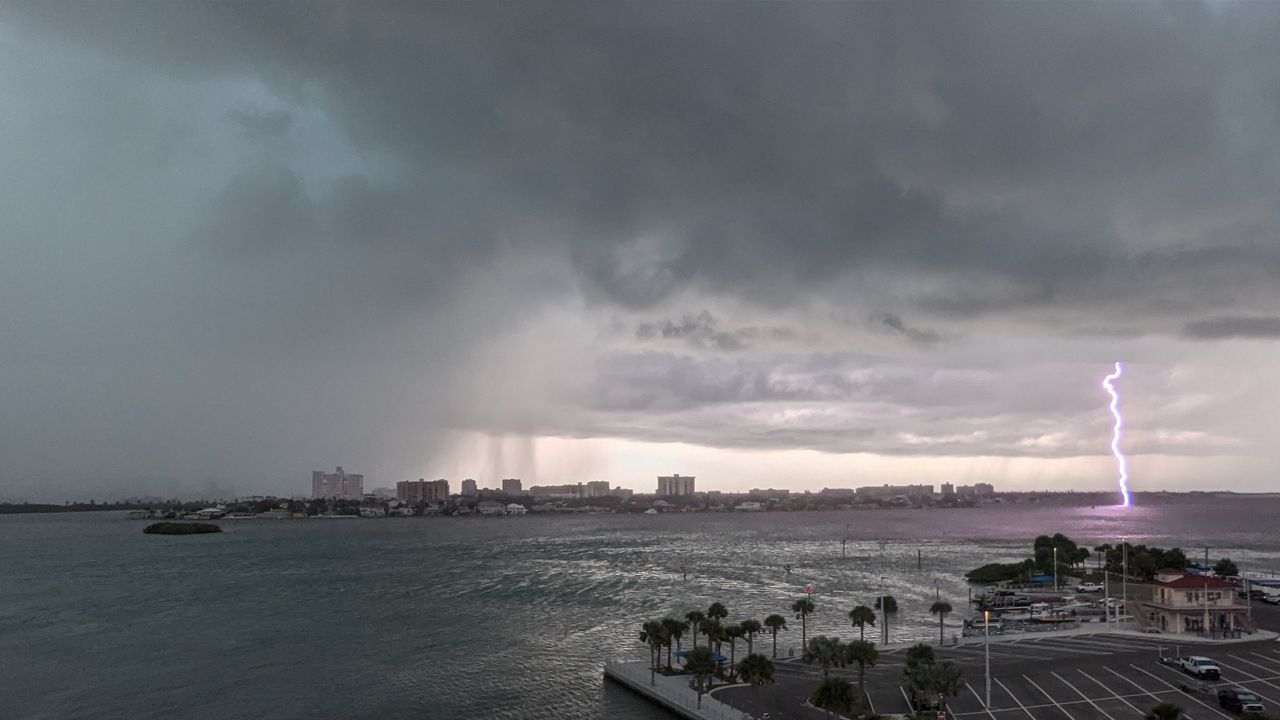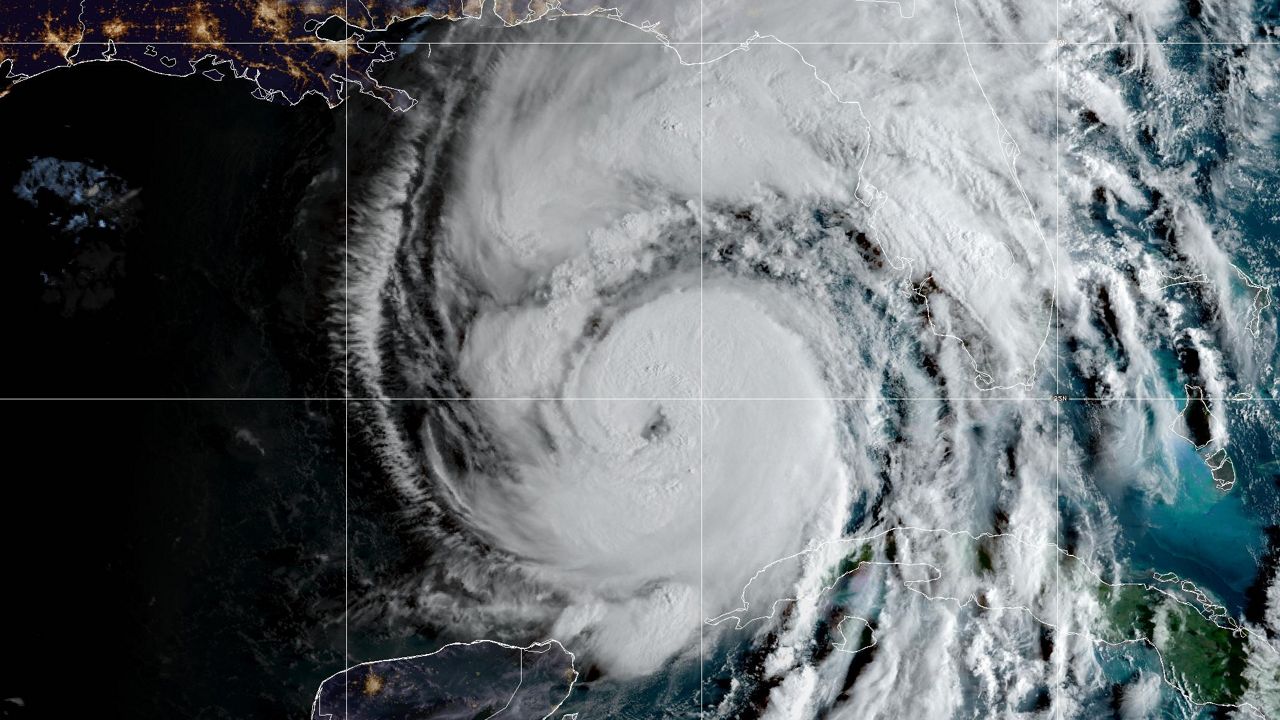Oklahoma may have stolen Florida’s thunder for the lightning capital of the United States in 2020, but Florida regained the title in 2021.
This is the time of year when lightning and thunder are almost a daily occurrence with our afternoon sea breeze-driven thunderstorms. Now we are entering July, which is the peak of lightning activity in the state.
Lightning activity ramps up in June, but it does not reach its peak until July before slowly waning in August.
July is the most active for lightning in Florida due to warm ocean waters and it being the hottest time of the year.
These factors lead to a more unstable atmosphere, and along with the active daily east and west coast sea breeze, it leads to increased lightning activity across the state.
Lightning continues to be prevalent in August, but with only a slightly lower frequency compared to July. September is when activity subsides.
This is when surface winds shift more from the northeast instead of the south as fronts move into the southeastern U.S. Northerly winds do not provide the high heat and humidity to fuel storms compared to winds from the south.
Also, daytime heating is not as substantial in September as it is during the mid-summer months, and this leads to less instability in the atmosphere that produces frequent lightning.
This decline in lightning continues through the fall, with annual lightning reaching its minimum in December. It continues to stay low through January and February before gradually increasing again in March.








